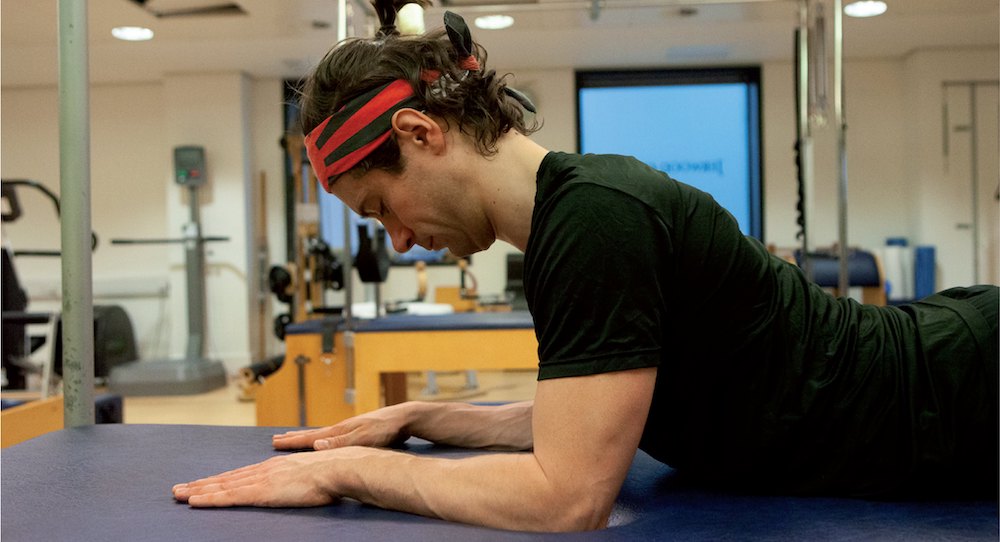Injury Prevention and Management for Dancers is a new publication from Crowood Press. It integrates new science and research about physiology in dance. It is designed for healthcare practitioners and conditioning experts, to give them an overview of the specific issues and treatments in dance medicine, but it is suitable for the dance teacher, student and the professional dancer.
Writer Dr Nick Allen comes from sports medicine and now specialises in dance medicine. He is the clinical director of the Birmingham Royal Ballet, and is also on the British National Institute of Dance Medicine and Science’s Steering Committee.

“The purpose of the book,” says Allen, “is to look at the challenges faced in providing a suitable level of care for dancers, highlighting the way in which dance may fit within the current aetiological models of injury and how that information may be used to help reduce the impact of injury in dance.”
The book is largely directed toward injury prevention and rehabilitation in elite classical and contemporary dancers. As such, it includes an overview of classical ballet dance terminology, positions, and forms of steps such as adage and allegro, and the various injuries that can result in the extreme examples of these positions.
“The site of pain or even structural disruption may not be representative of the whole picture,” Allen notes in the book, “and an assessment of load through the entire biomechanical chain is critical to identifying potential causation’”
Extrinsic and intrinsic risk factors and causes of injuries are discussed. Extrinsic risk factors include floor structures and surfaces, shoes and costumes, choreography, lighting and training, while intrinsic risk factors include training and biology. Injuries happen with more frequency the less prepared an athlete is, and so the book reconsiders the role of conditioning in dance. It discusses and provides examples of conditioning work for core stability, including through the neck and thoracic spine. It considers recovery issues, including nutrition and stretching, and considers the research for compression and ice-baths.

In the section on Injury Management, Allen discusses the evolution of RICE– Rest, Ice, Compression, Elevation, to the POLICE principal – Protect, Optimal Loading, Ice, Compression, Elevation. For example, new research is showing that the right amount of activity can help manage swelling which complete rest would prevent. In the section on rehabilitation after injury, the different phases of rehabilitation are discussed such as train to train and train to perform. This includes practical criteria for returning to dance, diagrams showing the force through which an injury occurs and case studies of rehabilitation plans.
Whilst this book is designed for professionals who have a deep understanding of anatomy and physiology, it will be informative and highly insightful for all dance teachers and dancers. It is an excellent resource to have at a ballet school and essential reading for dance medicine specialists, teachers and conditioning professionals.
You can buy Injury Prevention and Management for Dancers here.
By Tamara Searle of Dance Informa.















